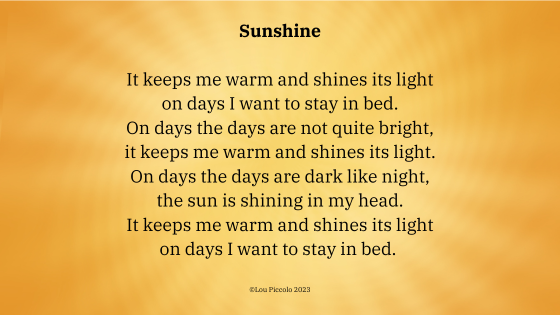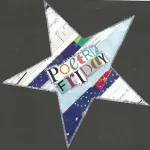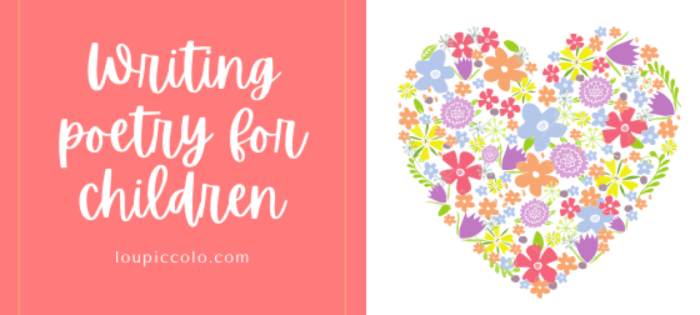As a developmental and line editor of children’s books, I work on manuscripts from all categories of children’s literature. While each category has its own specific guidelines according to the developmental and cognitive development of a child in that age group, they all share some common guidelines which work best for children.
This is where it gets tricky.
Many writers struggle with the notion that there are guidelines to follow:
- Why should I follow rules?
- Why can’t I just write what I want?
The answer is simple: children are not tiny adults, they’re tiny human beings. Children differ significantly to adults and experience the world in a unique way because their brains are still developing.
Does this mean there are a whole host of topics children’s writers must avoid? Not necessarily.
There are two ways to make sure children will be interested in a premise:
- Choose a subject in which they are inherently interested.
- Pick something new to them, but write about it in a way that meets them where they are, not the other way round.
Two things to avoid in all children’s literature, from board books through to YA, are preaching and talking down to children. Let’s break them down:
- Children’s literature sometimes teaches important concepts through the story’s main character who learns something because of the events they encounter in the plot. Although the lesson is present in the story, a well-written story will never come right out and state what the lesson is, nor will it end off with a final line spelling out the moral of the story in the following way: “And so Dougie learned that all children are different and that’s what makes the world an interesting place.” The difference between teaching and preaching is in the discovery. Preaching involves the writer telling children what to think and also expects children to blindly believe what the writer has said. Allowing children to discover the lesson or concept for themselves empowers them.
- Children’s books are, first and foremost, for entertainment, just like the books adults read. Writers who simply provide an opportunity for children to have some fun are sending the message that that they understand, appreciate and respect children. Writers who pitch their writing level lower than the age group they’re targeting end up speaking down to children.
Carefully considered, these two common guidelines for children’s literature can help writers tackle subjects that might be considered too abstract or complex for children’s books, and write engaging literature in a kid-friendly way. In last week’s blog post, I wrote about helping children deal with anxiety through literature, and this week I want to have a look at how to write about abstract concepts for children, like mindfulness. Why? Because it can help children with learning disabilities or behaviourial problems gain self-control and make sense of their world.
Mindfulness
Mindful.org defines mindfulness as “the basic human ability to be fully present, aware of where we are and what we’re doing, and not overly reactive or overwhelmed by what’s going on around us.”
As far as concepts go, that’s pretty abstract for an eight-year-old! So, what to do? Remember the guidelines:
- Choose a subject that interests children.
- Meet them where they are.
- Avoid preaching.
- Don’t talk down to them.
My project for National Poetry Month was to Tame the Triolet with a triolet-a-week. This week’s triolet deals with making mindfulness, and the concept of not being reactive or overwhelmed by what’s going on around them, accessible to children. Children love poetry because it’s fun to write and listen to. So, why not get them to read and write mindfulness poetry that makes abstract concepts easier to grasp? This triolet can either be interpreted literally as the weather being bleak, but the speaker feeling fine anyway because they don’t react to it, or as the day not being a good one emotionally, but the speaker finding an inner resource to turn it around for the better.

Karen is hosting Poetry Friday this week on her website.





Thank you, Lou, for ‘shining’ a light on mindfulness on multiple levels – for children’s writers and young readers. Good stuff. 🙂
Thank you, Bridget!
Your bright poem reminds us that maybe there’s a way to keep the sun with us even when it’s not sunny. It’s something kids might find interesting to think about. I like the repetition in the triolet form. It makes it fun to read out loud.
An important thing to know because it’s such a human trait to react to circumstances, people and things and let them have their wicked way with our mental state.
Helping children, really everyone, realize there can be something good in gray skies, is something for many of us to learn and be aware of. Thanks for the early explanation with the poem of sunshine finding, Lou.
I’m glad you liked it! Keep that sun shining…
Hi Lou! I’m glad to discover you. We have a lot in common. I’m also a poetry-writing children’s book author and freelance children’s book editor. What a great idea to do a Tame the Triolet project! Nicely done with your sunshine poem–days when we want to stay in bed are when we sure need both kinds of sunshine. I also related to what you wrote about the “rules” for children’s books and that there’s lots of room within them. Sometimes I remind authors that our brains actually change during puberty.
Hi Karin! Likewise – happy to meet you.
And yes, the brain keeps maturing until the early twenties. Impulse control takes a while in teens. Reckless or just not ready to make the best decisions? THAT is the question!
Lou, such a helpful post. I’m gradually being inspired by the Poetry Friday community to work on more poetry for children. I loved reading the guidelines for writing for children, and I’ve bookmarked this post for later. Thanks.
I like the two lines of:
“On days the days are…”
I’m thrilled that this post will help you. The trick is really not to talk down, but it can take a while to hit the right level. Just enjoy it, and the rest will come.
Your post and triolet are perfect for Mental Health Month in May!
I’ll have to promote them for May then, along with last week’s post about anxiety! Thanks, Mary Lee.
The triolet is the perfect form for this poem because it reinforces the message without talking down to readers. I love “the sun is shining in my head.”
Yes, it’s true! I didn’t realise that. Thank you.
This post is lovely from every angle. Your triolet shines and your writing advice is spot on:
“…they’re tiny human beings.” ❤️
Thank you! We tend to forget they’re not exactly the same as adults so much of the time…
Lou, your writing brings light. My writing plan today involves the triolet form.
Joyce! We just saw each other on Saturday, didn’t we? There can’t be that many people with the same name. Lovely to see you here too, and thank you for the kind words. Have fun with your triolet. Will you be posting it on Friday perhaps?
I studied a lot of Montessori principles and discovery is among the most important for children – from the concrete to the abstract. Whether it’s mindfulness poetry, or any kind of poetry, I’m a believer that first children need time and space to develop the joy of stillness, of observation, and the freedom of their own response. Thank you for your post!
Agreed!